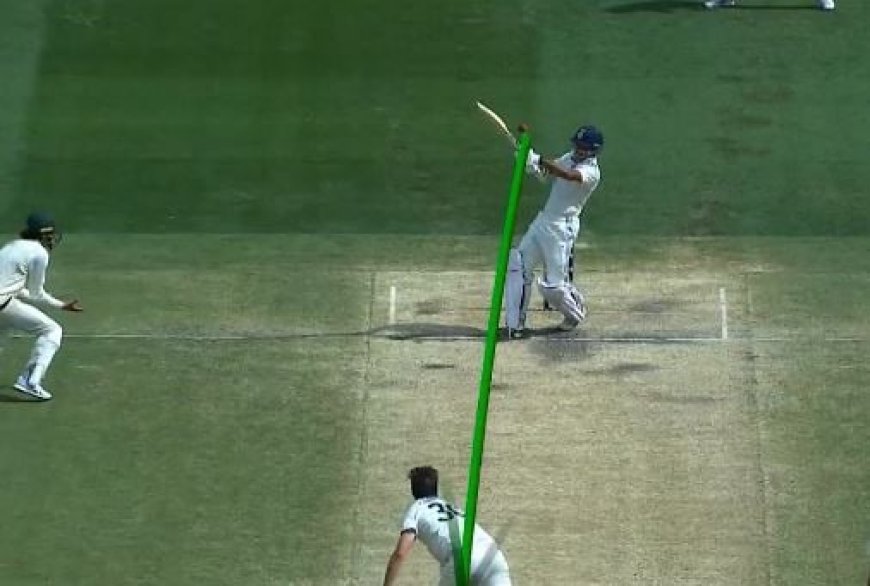On Jaiswal DRS Row, Real Reason Behind No Spike On 'Snicko' Revealed
India batter Yashasvi Jaiswal was on the receiving end of a controversial DRS call on Day 5 of recently-concluded 4th Test against Australia in Melbourne.

India batter Yashasvi Jaiswal was on the receiving end of a controversial DRS call on Day 5 of recently-concluded 4th Test against Australia in Melbourne. This incident happened after Australia appealed for a caught behind on Jaiswal, who had mistimed his pull shot off Pat Cummins' delivery. While the ball was passing close to the face of the bat and the gloves, the on-field umpire gave not out to Jaiswal. Australia captain Cummins, however, referred the decision to third umpire Sharfuddoula Saikat of Bangladesh.
Despite failing to find any conclusive evidence to overturn the decision, as the 'Snicko' meter did not show any spike while the ball was passing close to the bat and gloves, Sharfuddoula concluded that there was a deviation and gave the verdict in Australia's favour.
Jaiswal, however, didn't like Sharfuddoula's decision as he was seen confronting the umpire before walking back to the dressing room.
Now, Warren Brennan, whose company BBG sports operates Snicko, has revealed the reason why there was no spike despite a clear deviation.
"That was one of the glance-shots where there isn't any noise so Snicko shows nothing only ambient noise," Brennan told Code Sports.
"I checked with the audio director and he said there was no noise either. Probably only Hot Spot could have resolved that one."
Legendary umpire Simon Taufel also backed the decision made by Sharfuddoula, adding that the deflection was conclusive enough to overturn the decision.
"In my view the decision was out. The third umpire did make the correct decision in the end. With the technology protocols, we do have a hierarchy of redundancy and when the umpire sees a clear deflection off the bat there is no need to go any further and use any other form of technology to prove the case. The clear deflection is conclusive evidence," he told Channel 7.
"In this particular case what we have seen from the third umpire, is they've used a secondary form of technology, which for whatever reason hasn't shown the same conclusive evidence of audio to back up the clear deflection. In the end the third umpire did the right thing and went back to the clear deflection and overturned the umpire field. So, in my view correct decision made," he added.






































